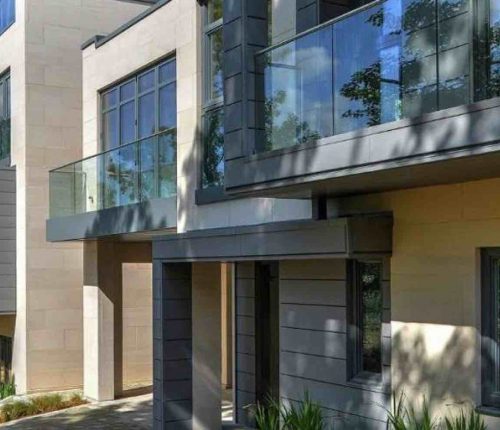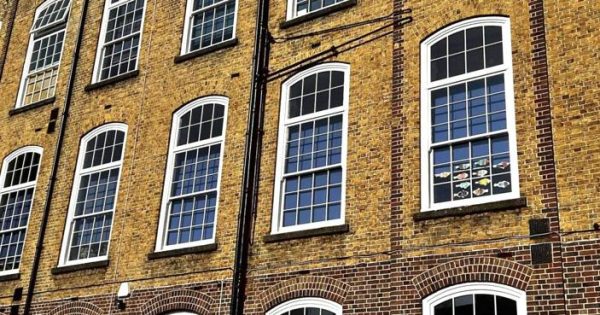Mon Jul 18
Sash windows have become more popular in recent years, and you wouldn’t be far wrong in thinking that this is because they are a brand new addition to homes.
But this is not the case. This blog post will take a quick look at where sash windows have come from and how they are made—giving you all the information you may need to understand these fantastic additions to your home.
In actual fact, sash windows can date back to the 17th century, when they were found in London.
They were created because the streets in the city at this time were incredibly narrow and packed full of people and other buildings. If they opened outwards like a standard window, the windows would have meant that people would not have been able to get through the streets, and other buildings would have been touched.
Believe us, keeping the windows shut at this time would not have been an option. So, they needed a window that would be able to be opened, but that would not impact the space outside the property. A sash window was born.
How are they made?
The sash window is created with both moving and fixed parts. These parts ensure that the window opens as you need it to and looks great. This combination of functionality and style has made sash windows so popular over the years.
The main parts of the sash window include:
The parting bead
The long narrow strips that sit between the upper and lower sashes. These ensure that the sashes slide past each other with ease.
The staff bead
The trim that frames the interior side of the sash box and keeps them in place.
The sash box
The window frame that surrounds the window and has the window sill on it, making it a box sash window.
The top, bottom and mid-rail
Rails are the sections of timber that run horizontally on the window. They make up the sash frame. Each sash on the window will have a top and a bottom rail; where they meet in the middle is the middle rail.
The glazing bars
If you have a Georgian home, you may also have glazing bars. These are the smaller, detailed pieces of timber along the glaze sash, found both vertically and horizontally.
The sash cord and pully
These are usually made from cotton or jute and are braided before being finished with wax. These come together to ensure that the sash opens and closes smoothly.
The sash weights
Hidden within the box at the side of the system of pulleys, the sash weights are made from either cast iron or lead. They are attached to the sash cord, which means the sash is counterbalanced as it moves.
Sashes
No sash window would be complete without a sash. There are usually one or more sashes that are moveable on the window, and they sit inside the case of the window and slide up and down.
The sill
There is a good chance that you already know what a sill is; however, it sits at the bottom of the sash box and is the external facing part of the window.
As you can see, there are many things to think about regarding sash windows. This is why they require professional installation and maintenance if you want to know more about how to have sash windows installed on your property.
If you’d like to know more about our sash window restoration or window replacement services, please get in touch with us to learn more about how we can help you.





